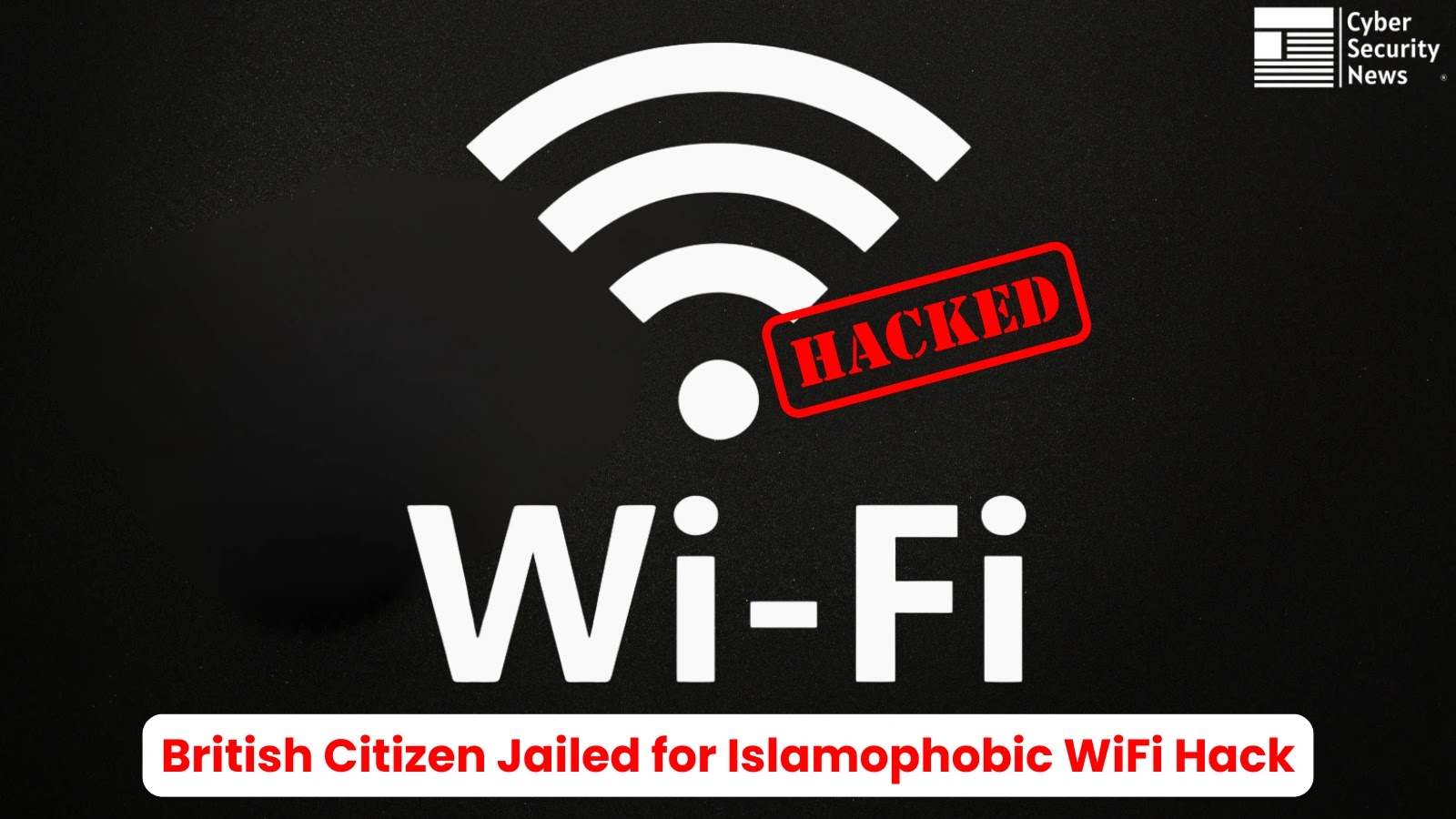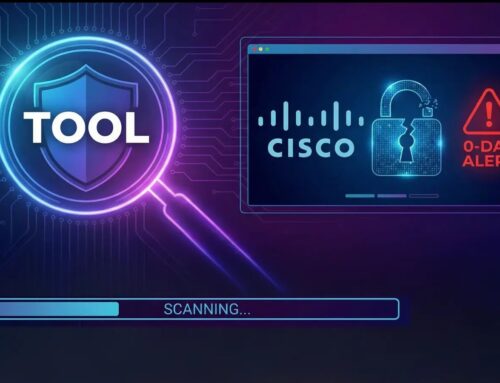
British Citizen Jailed for Islamophobic WiFi Hack at UK Train Stations
Unmasking Digital Malice: The Islamophobic WiFi Hack and its Profound Implications
The digital frontier, while offering unprecedented connectivity, remains a battleground against malicious intent. A recent incident in the UK starkly illustrates this reality: a British citizen received a 24-month suspended prison sentence for hijacking WiFi networks at major train stations, redirecting unsuspecting users to abhorrent Islamophobic content. This event, far from being an isolated prank, highlights critical vulnerabilities in public network infrastructure and the severe real-world consequences of digital weaponization. As cybersecurity professionals, understanding the mechanics of such attacks and implementing robust defenses is paramount.
The Anatomy of the Attack: Hijacked Networks and Hate Speech
The perpetrator, an ex-employee, leveraged their knowledge or access to compromise public WiFi networks across several prominent UK train stations. Instead of providing the expected internet access, users were maliciously redirected to websites promoting Islamophobic narratives, often referencing past terrorist acts. This “man-in-the-middle” type of attack not only disrupted service but weaponized the network itself to spread hate speech, causing significant fear and anguish among travelers.
- Exploitation of Trust: Public WiFi networks are often perceived as convenient and trustworthy, a perception exploited by the attacker.
- Content Injection/Redirection: The core of the attack involved intercepting user requests and redirecting them to pre-selected malicious content. This could be achieved through various methods, including DNS manipulation, ARP spoofing, or rogue access points.
- Psychological Impact: Beyond technical compromise, the attack inflicted emotional distress and fear, demonstrating the profound societal impact of cybercrime when intertwined with hate.
Legal Ramifications and Public Safety
The 24-month suspended sentence handed down to the individual, though not immediate incarceration, underscores the serious legal consequences for such digital offenses. This case sets a precedent for how the judiciary views cyberattacks that extend beyond financial gain to cause psychological harm and propagate hate. For public transport operators, it serves as a wake-up call regarding their responsibility to secure digital infrastructure and protect patrons from such insidious acts.
- Computer Misuse Act: The prosecution likely invoked sections of the UK’s Computer Misuse Act of 1990, which covers unauthorized access to computer material and unauthorized acts with intent to impair operations or prevent access to data.
- Hate Crime Nexus: While the direct charge was likely tied to computer misuse, the Islamophobic nature of the content could have influenced sentencing and potentially led to additional charges had the content been more overtly inciting violence.
Remediation Actions for Public WiFi Networks
Organizations providing public WiFi must prioritize security to prevent similar incidents. Robust security measures are not just about compliance; they are about protecting users and maintaining trust.
For Network Administrators and Providers:
- Implement Strong Authentication and Encryption: Ensure all public WiFi networks utilize WPA3 where possible, or at least WPA2-Enterprise with strong encryption protocols. Guest networks should be isolated from internal networks.
- Regular Security Audits and Penetration Testing: Proactive identification of vulnerabilities through regular assessments is crucial. This includes checking for rogue access points, DNS vulnerabilities, and ARP spoofing risks.
- Network Segmentation: Isolate public WiFi networks from sensitive internal systems and critical infrastructure. This mitigates the risk of an attacker pivoting from the public network to core operational systems.
- Robust DNS Security: Implement DNSSEC to prevent DNS spoofing and ensure name resolution integrity. Consider a Content Delivery Network (CDN) to manage traffic and detect anomalies.
- Intrusion Detection/Prevention Systems (IDS/IPS): Deploy and configure IDS/IPS solutions to monitor network traffic for suspicious activities, such as unusual redirection attempts or unauthorized access.
- Logging and Monitoring: Maintain comprehensive logs of network activity, including connection attempts, traffic flows, and system events. Regular review of these logs can help detect anomalies and aid in forensic analysis post-incident.
- Employee Offboarding Protocols: Ensure immediate revocation of all digital access, physical access cards, and company credentials for departing employees, particularly those with administrative privileges or network knowledge.
For End-Users:
- Use a VPN: Always use a Virtual Private Network (VPN) when connecting to public WiFi to encrypt traffic and protect against snooping and redirection.
- Verify URLs: Before entering sensitive information or browsing, always check the URL to ensure you are on the legitimate website. Look for “https://” and the padlock icon.
- Disable Auto-Connect: Turn off automatic WiFi connection settings on your devices to prevent inadvertent connections to malicious networks.
- Be Skeptical of Unsecured Networks: Exercise caution when connecting to networks without strong encryption.
- Report Suspicious Activity: If you experience unusual network behavior or are redirected to unwanted content, report it to the network provider or authorities.
The Broader Cybersecurity Landscape: Mitigating Man-in-the-Middle Attacks
This incident is a classic example of a Man-in-the-Middle (MITM) attack, albeit one with a specific, abhorrent payload. Organizations must protect against various forms of MITM attacks, which can lead to data interception, credential theft, and session hijacking.
Relevant Tools for Detection and Mitigation:
| Tool Name | Purpose | Link |
|---|---|---|
| Wireshark | Network protocol analyzer for detecting suspicious traffic, including ARP spoofing and DNS anomalies. | https://www.wireshark.org/ |
| Ettercap | Comprehensive suite for MITM attacks, including ARP spoofing, DNS spoofing, and content filtering; useful for testing network vulnerabilities. | https://ettercap.github.io/ettercap/ |
| Snort | Open-source network intrusion detection system (NIDS) capable of real-time traffic analysis and packet logging, detecting malicious patterns. | https://www.snort.org/ |
| Nmap | Network scanner that can identify open ports, services, and potential vulnerabilities on network devices. | https://nmap.org/ |
Conclusion: Fortifying Digital Trust
The case of the Islamophobic WiFi hack serves as a potent reminder that cybersecurity threats are diverse, impactful, and often deeply intertwined with real-world social issues. It underscores the critical need for robust network security, diligent monitoring, and swift legal action against those who abuse digital infrastructure. Organizations must prioritize the security of their public-facing networks, not just for operational integrity, but to safeguard users from malicious and hateful content. As cybersecurity professionals, our role extends beyond technical defense; it encompasses fostering a secure and trustworthy digital environment for everyone.





